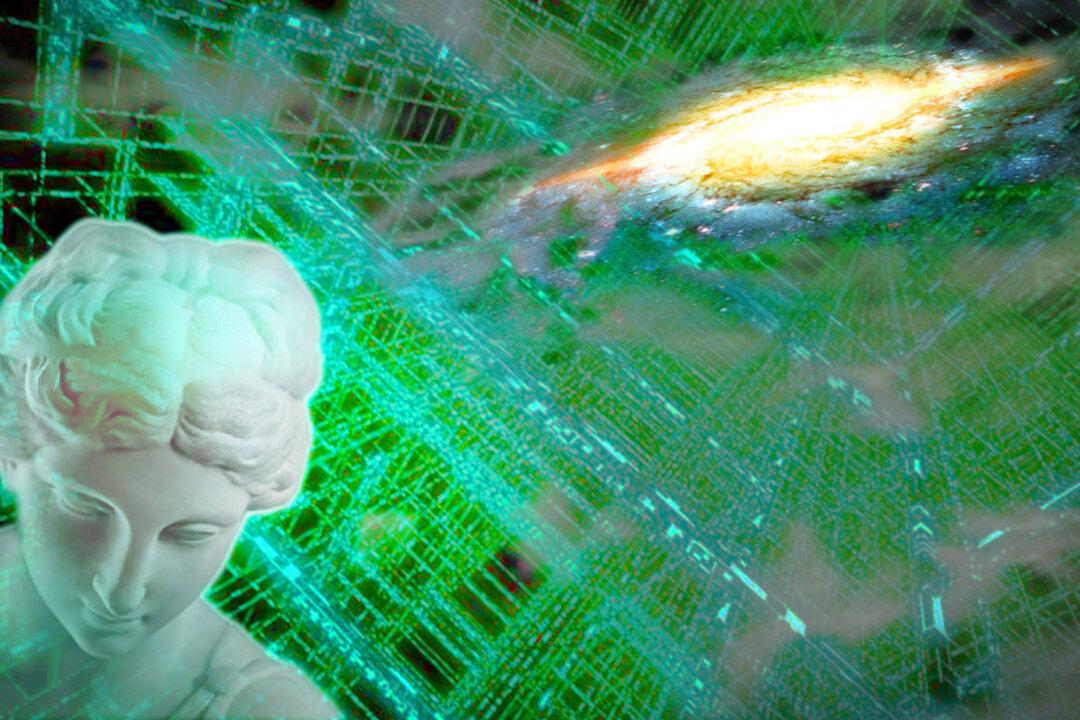Much like a painting, a photograph has the ability to move, engage, and inspire viewers. It could be a black-and-white Ansel Adams landscape of a snow-capped mountain reflected in a lake, with a sharpness and tonal range that bring out the natural beauty of its subject.
Or it could Edward Weston’s close-up photograph of a bell pepper, an image possessing a sensuous abstraction that both surprises and intrigues. Or a Robert Doisneau photograph of a man and woman kissing near the Paris City Hall in 1950, a picture that has come to symbolize romance, postwar Paris, and spontaneous displays of affection.
No one would question that photographs such as these are works of art. Art historians can explain the technical and artistic decisions that elevate photographs by the masters, whether it’s Weston’s use of a tiny aperture, Adams’s printing techniques, or Doisneau’s distinctive aesthetic. It’s clear that Pepper No. 30 belongs in a museum, even if a selfie posted on Facebook doesn’t.






